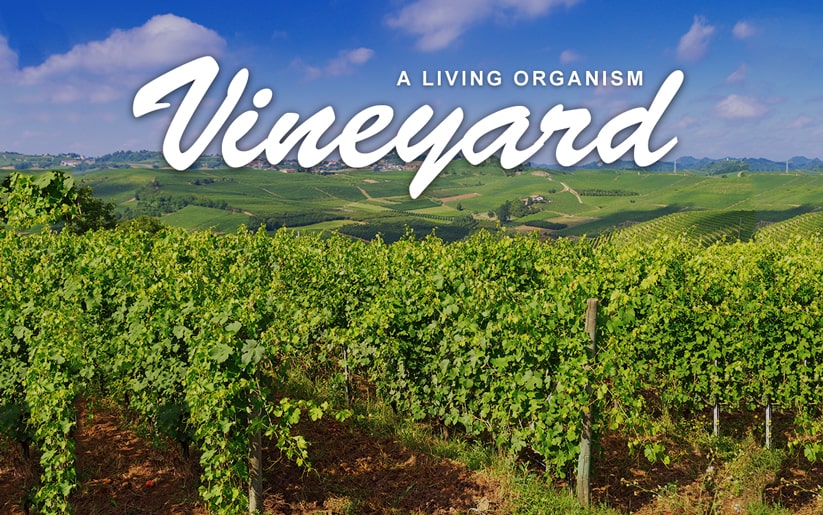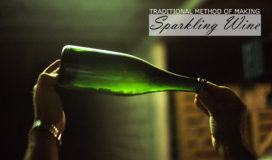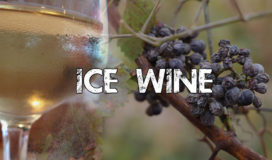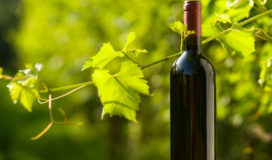Nature has bestowed us with abundant resources and it's our responsibility to look after the health of our environment. However, with the immense use of harmful chemicals like pesticides, fertilizers and fungicides, we’ve depleted our environment. Keeping this in mind, many viticulturists & winemakers have already started using sustainable methods. These can be broadly classified as organic and biodynamic. In this blog post, we’ll talk about the biodynamic method of producing wines.
History of Biodynamic Wines
This age-old concept was first introduced by Austrian philosopher, Rudolf Steiner, in the 1920s. He viewed vineyard as a living organism that marked a movement towards anti-chemical agricultural. It’s said to be the oldest method that restricted use of chemicals in farming, and of course viticulture. The concept of organic agriculture came much later.
Biodynamic Viticulture
Wines that are produced using grapes sourced from biodynamic farms are labelled “made from biodynamic grapes”. (The winemaking process followed for the production of such wines is not strict). Often considered as a pseudoscience, this method takes organic farming a step further. It’s based upon the idea of creating a self-sustaining system. It prohibits the use of chemicals and the soil gets its nourishment from a range of animals, from horses to sheep and even ducks, that live on it. Viticulturists also follow a calendar (In accordance with the lunar cycle) that decides the ideal time for every step, from plantation to harvesting grapes.
This calendar can be divided into four categories—fruit days, root days, flower days and leaf days. The four help determine the time for harvesting grapes, pruning fields, leaving the vineyards untouched and watering respectively.
One of the most bizarre steps involved is making compost from cow horn or preparation 500. In this, cow horns are filled with manure and buried into the ground in winters. They are excavated followed by spreading the manure throughout the vineyard.
Biodynamic Winemaking
Producing wines using biodynamic methods involve the prohibition of any common manipulations like acidity adjustments or addition of yeast. Labelled as “biodynamic wines”, these are crafted using both biodynamic viticulture and winemaking techniques. Such wines might not taste different from the regular ones but are, undoubtedly, of high quality.
Biodynamic and organic methods are somewhat overlapping concepts. Do refer to this blog post for a better understanding of the two!














Pingback: Single-Vineyard Vs Estate-Grown Wines | All About Australian Wines & Wineries | Just Wine Blog